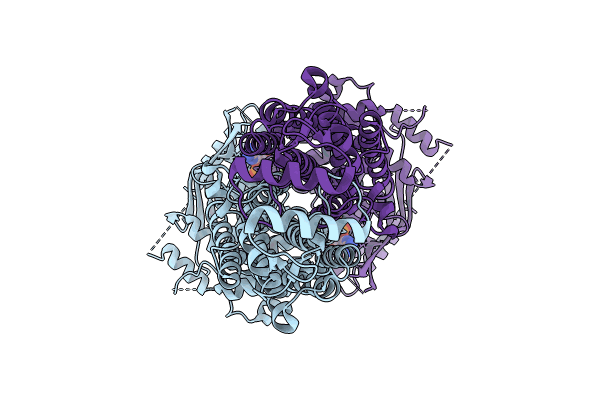
Deposition Date
2023-10-19
Release Date
2024-10-23
Last Version Date
2025-01-01
Entry Detail
PDB ID:
8WTO
Keywords:
Title:
Cryo-EM structure of jasmonic acid transporter ABCG16 in outward conformation
Biological Source:
Source Organism:
Arabidopsis thaliana (Taxon ID: 3702)
Host Organism:
Method Details:
Experimental Method:
Resolution:
2.38 Å
Aggregation State:
PARTICLE
Reconstruction Method:
SINGLE PARTICLE


